The Land Transportation Office (LTO) in the Philippines has introduced a convenient way for vehicle owners to check their alarm numbers using the LTO Text Hotline Service System. This service allows users to verify their vehicle’s alarm status directly from their mobile phones with just a few simple steps. To use the service, you need to compose a text message containing your vehicle’s plate number in the specified format and send it to the designated LTO hotline number. After a short wait, you will receive an SMS response detailing your vehicle’s alarm status, making it an efficient way to stay informed.
The benefits of this service include its convenience, instant access to information, and 24/7 availability, allowing you to check your vehicle’s status without visiting an LTO office. However, it’s important to note potential downsides, such as possible messaging fees, occasional delays in responses, and the requirement for users to be aware of the specific keywords needed for the inquiry. Overall, How to Check for LTO – Alarm using Plate Number in Philippines is a valuable tool for managing your vehicle’s safety and compliance.
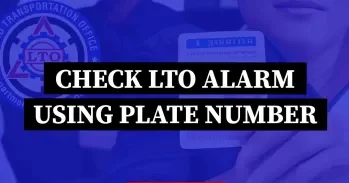
Making Sure Your LTO Alarms Are Working
In the fast-paced world of vehicle ownership, staying informed about your vehicle’s compliance with regulations is crucial. In the Philippines, the Land Transportation Office (LTO) plays a vital role in ensuring that vehicle owners remain compliant with laws and regulations governing vehicle registration and operation. One of the key tools the LTO uses is the alarm number system, which is assigned to vehicles for various reasons, including overdue penalties, pending requirements, and other administrative considerations. This comprehensive guide explores the importance of checking LTO alarm numbers, introduces the LTO Text Hotline Service, and provides detailed steps on how to effectively utilize this service.
Understanding the Importance of LTO Alarm Numbers
What is an LTO Alarm Number?
An LTO alarm number is a unique identifier assigned to vehicles that have unresolved issues related to their registration or compliance. This could include unpaid fines, lack of required documentation, or other administrative matters that need to be addressed. The alarm number serves as a flag for both the vehicle owner and the LTO, indicating that there are pending concerns that could potentially lead to legal issues if not resolved.
Why You Should Regularly Check Your LTO Alarm Number
- Avoid Legal Issues: Ignoring alarm numbers can lead to legal troubles, including fines, penalties, or even the impounding of your vehicle. Regularly checking your alarm status helps you stay ahead of any potential issues.
- Stay Informed About Your Vehicle’s Status: By monitoring your LTO alarm number, you gain insights into your vehicle’s compliance status. This proactive approach enables you to address any outstanding issues promptly.
- Prevent Inconvenience: Discovering an unresolved issue at the last minute—such as during a vehicle registration renewal—can be inconvenient and time-consuming. Regular checks can save you from unnecessary stress.
- Protect Your Investment: Your vehicle is a significant investment, and ensuring its compliance protects that investment. Unresolved alarm issues can lead to depreciation and loss of value.
The LTO Text Service
In response to the growing need for convenience and accessibility, the LTO has introduced the LTO Text Hotline Service. This service allows vehicle owners to check their LTO alarm numbers via SMS, making it easier than ever to stay informed about their vehicle’s status.
How the LTO Text Hotline Service Works
The LTO Text Hotline Service operates by allowing users to send a text message containing their vehicle’s plate number to a designated number. In return, they receive information about any alarm status associated with that plate number. The process is simple, quick, and accessible from anywhere with mobile coverage.
Benefits of Using the LTO Text Hotline Service
- Convenience: The ability to check your LTO alarm number via SMS means you can do it from anywhere, without the need to visit an LTO office.
- Time-Saving: The service allows for quick inquiries, eliminating the need to wait in long lines at government offices.
- Accessibility: Since the service is available 24/7, you can check your vehicle’s status at any time, making it easier to manage your responsibilities.
- Proactive Management: By staying informed about your vehicle’s alarm status, you can take proactive steps to resolve any issues, ensuring that your vehicle remains compliant.
How to Check for LTO Alarm Using Plate Number via LTO Text Service
Checking your LTO alarm number using the text service is straightforward. Below are the detailed steps to utilize this service effectively.
Step 1: Compose the Message
To begin, open your messaging application and compose a new text message. The format should be:
LTO VEHICLE [Plate Number]
For example, if your vehicle’s plate number is AAA999, your message should read:
LTO VEHICLE AAA999
Step 2: Send to 2600
Once you’ve composed your message, send it to the designated number, which is 2600. Keep in mind that each message sent incurs a charge of PhP 2.50.
Step 3: Wait for the Response
After sending your message, be patient as the system processes your request. Most users receive a response within a few seconds to a couple of minutes. The text message will contain information about your vehicle’s alarm status.
Step 4: Analyze the Response
Carefully review the information provided in the response. This message will include your vehicle’s alarm number and any other pertinent details regarding its compliance status. Make note of these details for your records and any necessary follow-up actions.
Step 5: Share Your Experience
Engaging with the community can help others benefit from your experience. Consider sharing your feedback about the LTO Text Service on social media or in forums. This not only fosters community discussion but also enhances the collective understanding of the service’s effectiveness.
Common Issues and Troubleshooting
While the LTO Text Hotline Service is designed for convenience, users may encounter issues when trying to check their alarm numbers. Here are some common problems and solutions:
Network Issues
- Stable Connection: Ensure that your mobile device is connected to a stable network. Weak signals can hinder the delivery of your message.
- Sufficient Load: Check your prepaid balance to ensure you have enough load to cover the service charge.
- Texting Capabilities: Test your phone by sending and receiving other text messages. If you can’t send or receive texts, the issue may lie with your mobile service provider.
- Signal Strength: If you’re in an area with poor reception, try moving to a location with a stronger signal before attempting to resend your query.
Correct Syntax
Double-check the format of the text message you’re sending. Ensure that you use the correct command format, including the keyword and proper capitalization of the plate number.
Service Downtime
The LTO Text Hotline Service may experience downtime for maintenance or technical reasons. If you suspect this is the case, wait a little while and try again later.
Plate Number Accuracy
Ensure that the plate number you entered is correct. Even minor errors can result in your request being ignored. Double-check your vehicle’s registration if you’re unsure.
Exceeded Query Limit
Depending on the service’s rules, you may be limited to a specific number of queries within a certain time frame. If you’ve exceeded this limit, wait a while before trying again.
Beyond Office Hours
Remember that the LTO Text Hotline Service operates only during office hours. If you send a query outside of these hours, you may not receive a response until the next working day.
Contact LTO Support
If you continue to experience issues after trying these troubleshooting steps, consider contacting LTO’s customer support hotline or visiting a local LTO office for further assistance. They can help you resolve any problems and offer alternative verification methods.
Important Considerations about How to Check for LTO – Alarm using Plate Number in Philippines
When using the LTO Text Hotline Service, it’s crucial to keep several important factors in mind:
Cost
The LTO Text Hotline Service is not free. Each message you send to 2600 costs PhP 2.50. This fee applies regardless of whether you receive a response, so be mindful of this when checking your alarm number.
Office Hours
The service is only available during regular office hours. If you attempt to send a query outside of these hours or during holidays and weekends, you may not receive a response. Plan your inquiries accordingly.
Real-Time Accuracy
While the LTO Text Hotline Service provides valuable information, it may not always be the most current or accurate. Factors such as delays in data processing and system updates can affect the information you receive. For the most accurate and timely updates, consider alternative verification methods or contact the LTO directly.
Data Privacy
When using the text service, be aware of the importance of data privacy. Ensure that you’re sending your messages from a secure device and that your personal information is protected.
Summary
Staying on top of your LTO alarm number is a crucial aspect of responsible vehicle ownership in the Philippines. Regularly checking your vehicle’s compliance status can save you from legal troubles, inconvenience, and protect your investment. The LTO Text Service provides an accessible and efficient way to check your alarm number via SMS, allowing you to manage your vehicle’s compliance from anywhere.
By incorporating this simple step into your routine, you can ensure that your vehicle remains compliant and avoid any unforeseen issues with overdue penalties or pending requirements. Embrace the LTO Text Service to streamline your vehicle management, making the most of modern technology while staying informed about your vehicle’s status.
Final Thoughts
As technology continues to evolve, so too do the tools available to vehicle owners. The LTO Text Hotline Service is a perfect example of how technology can simplify the often complicated world of vehicle compliance. By utilizing this service, you can stay ahead of any potential issues, ensuring that your vehicle remains roadworthy and compliant with Philippine laws.
In conclusion, regular checks of your LTO alarm number through the text service not only contribute to responsible vehicle ownership but also empower you as a driver. Take charge of your vehicle’s status, utilize available resources, and foster a culture of compliance within your community. Whether you’re a seasoned driver or a new vehicle owner, staying informed is the key to a smoother, hassle-free driving experience.
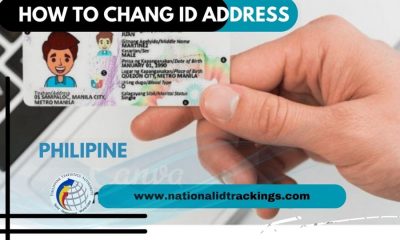
 Uncategorized6 months ago
Uncategorized6 months ago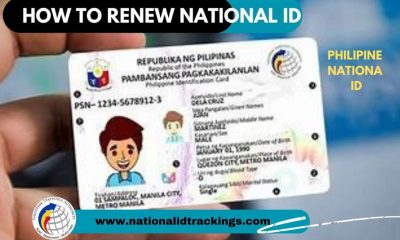
 Uncategorized6 months ago
Uncategorized6 months ago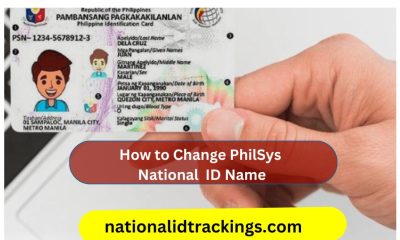
 Uncategorized6 months ago
Uncategorized6 months ago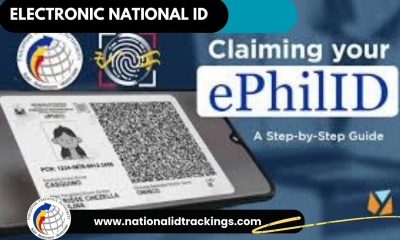
 Uncategorized6 months ago
Uncategorized6 months ago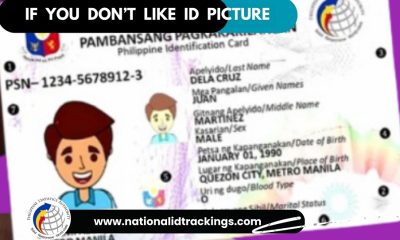
 Uncategorized6 months ago
Uncategorized6 months ago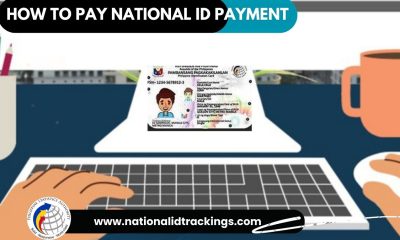
 Uncategorized6 months ago
Uncategorized6 months ago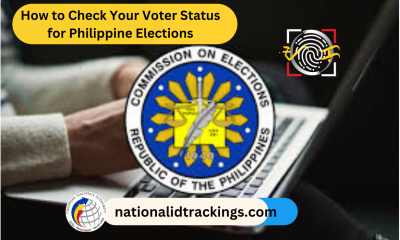
 Uncategorized6 months ago
Uncategorized6 months ago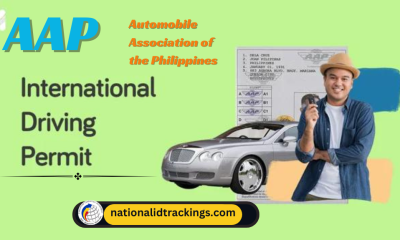
 Uncategorized5 months ago
Uncategorized5 months ago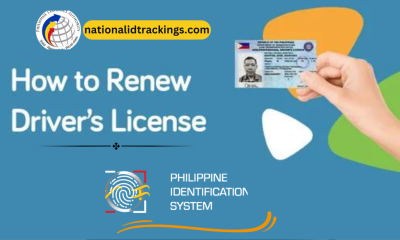
 Uncategorized5 months ago
Uncategorized5 months ago
 Uncategorized3 months ago
Uncategorized3 months ago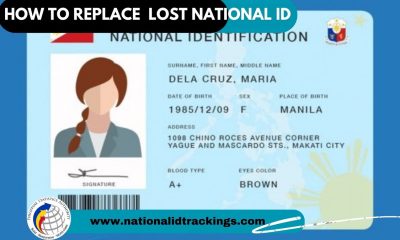
 Uncategorized6 months ago
Uncategorized6 months ago
 Uncategorized6 months ago
Uncategorized6 months ago